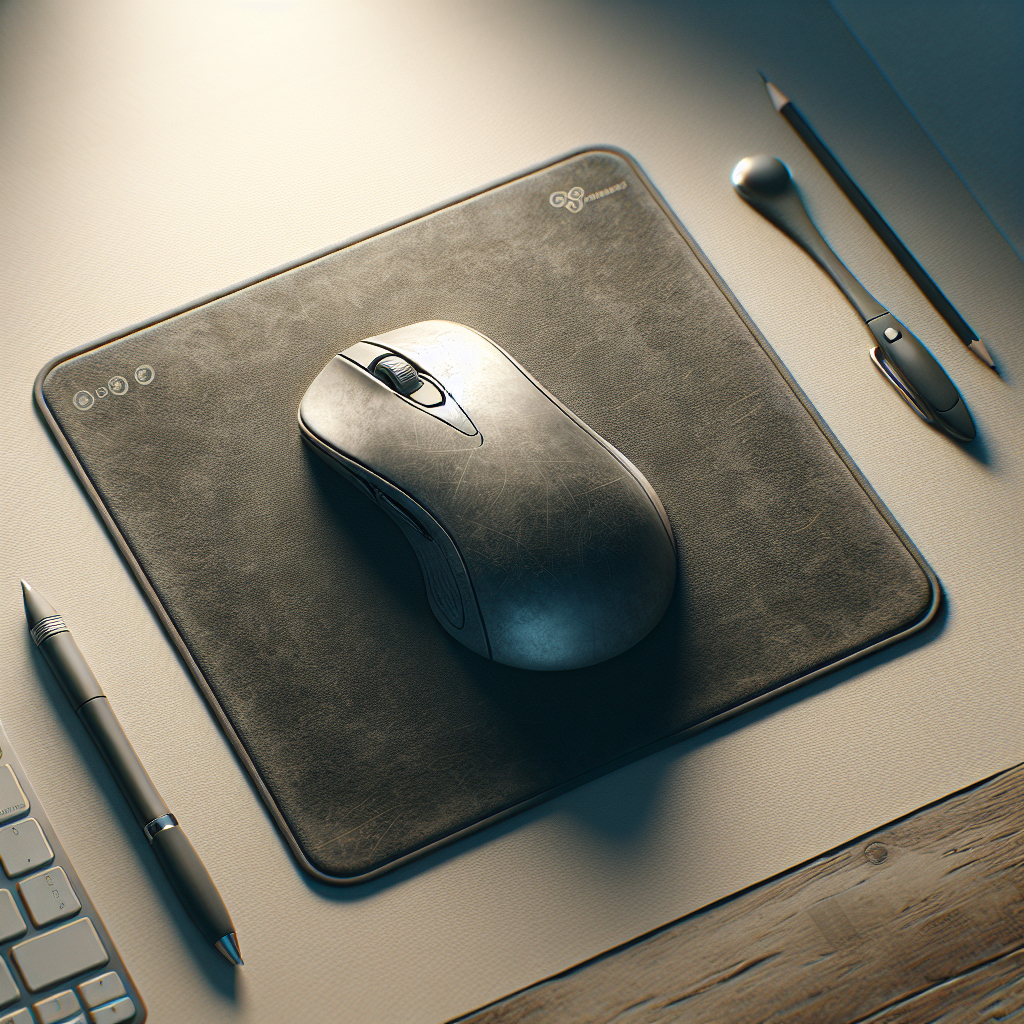
In today’s digital age, the importance of ergonomics in our workstation cannot be overstated. One essential component of an ergonomic setup is the mouse pad. Ergonomic mouse pads are designed to provide comfort and support during extended computer use, reducing the risk of repetitive strain injuries. But how long can we expect these mouse pads to last? In this article, we will delve into the typical lifespan of ergonomic mouse pads, the factors that influence their durability, maintenance tips, and signs that indicate it’s time for a replacement.
| Type of Mouse Pad | Average Lifespan (Years) | Material | Comfort Features |
|---|---|---|---|
| Basic Foam Mouse Pad | 1-3 | Foam | Minimal |
| Gel Mouse Pad | 2-4 | Gel and Foam | Moderate |
| Memory Foam Mouse Pad | 3-5 | Memory Foam | High |
| Wrist Support Mouse Pad | 2-5 | Variable | High |
| Hard Surface Mouse Pad | 4-6 | Plastic/Metal | Low |
Understanding Ergonomic Mouse Pads
Before discussing lifespan, it is important to understand what ergonomic mouse pads are. They are specially designed pads that provide additional support to the wrist and hand during prolonged mouse use. Features often include:
- Wrist Support: Many ergonomic mouse pads come with built-in wrist supports, usually made of gel or memory foam, which help maintain a neutral wrist position.
- Textured Surface: This helps provide optimal tracking for the mouse, improving precision.
- Non-slip Base: Ensures the pad remains in place during use.
Factors Affecting the Lifespan of Ergonomic Mouse Pads
1. Material Quality
The type of material used to make the mouse pad plays a crucial role in its durability. High-quality materials such as memory foam and reinforced cloth tend to last longer than basic foam and lower-quality materials.
2. Frequency of Use
The more often a mouse pad is used, the more wear and tear it will experience. For individuals who spend hours on their computers daily, the lifespan of the mouse pad may be reduced significantly.
3. Maintenance Practices
Regular cleaning and proper care can greatly extend the life of an ergonomic mouse pad. Removing dust and debris helps maintain the surface and keeps the materials in good condition.
4. Environmental Factors
Extreme temperatures, direct sunlight, and high humidity can degrade the materials of a mouse pad. Keeping the pad in a stable environment can help preserve its life.
Signs It’s Time to Replace Your Ergonomic Mouse Pad
Even with proper care, mouse pads eventually wear out. Here are some signs that indicate it might be time for a replacement:
- Visible Wear and Tear: Cracks, frays, or thinning edges are indicators of damage.
- Loss of Support: If the wrist support has flattened or no longer provides comfort, it’s time for a new one.
- Odor: An unpleasant smell can develop over time, especially with materials like foam and gel.
- Slipping Surface: If the pad is no longer gripping well to your desk, this could indicate degradation.
How to Properly Maintain Your Ergonomic Mouse Pad
1. Regular Cleaning
Cleaning your mouse pad regularly can prevent the buildup of dirt and grime. Here’s a simple cleaning method:
- Use warm water and mild soap.
- Gently scrub the surface with a soft cloth or sponge.
- Rinse thoroughly and let it air dry.
2. Avoid Direct Sunlight
Keep your mouse pad out of direct sunlight to prevent fading and material degradation.
3. Store Properly
If you are traveling with your mouse pad, avoid folding it. Instead, roll it up gently or keep it flat to maintain its shape.
Conclusion
Ergonomic mouse pads are a valuable investment for anyone who spends significant time using a computer. While their lifespan can vary based on factors such as material quality, frequency of use, and maintenance, understanding these aspects can help you make informed decisions about your workspace ergonomics. By taking proper care of your ergonomic mouse pad, you can ensure that it lasts as long as possible while providing the comfort and support you need.
Leave a Reply